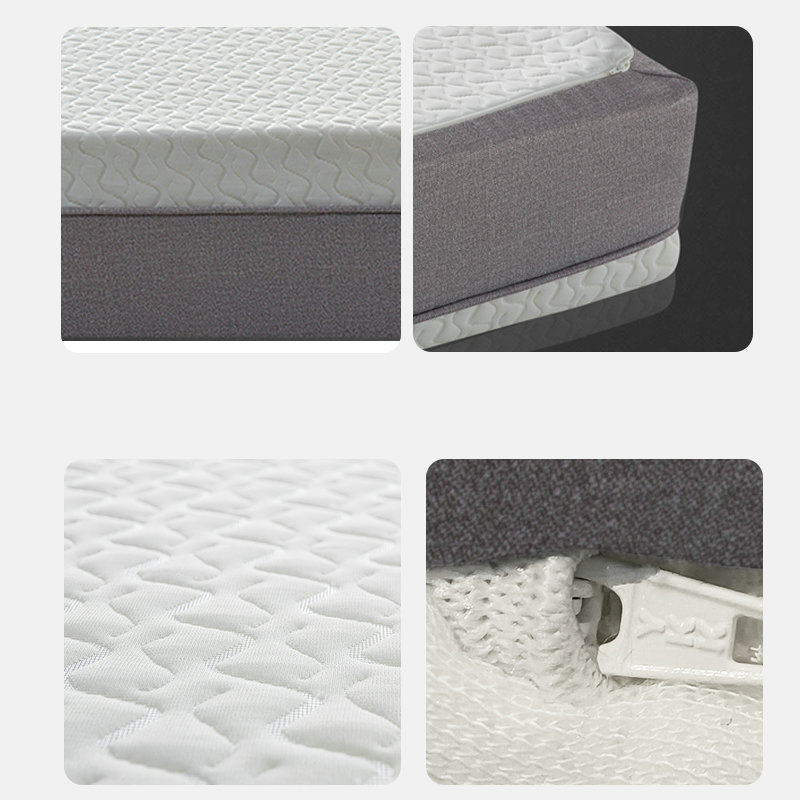The thermal insulation and temperature regulation performance of PET foam beds can be analyzed through several scientific considerations:
Thermal Conductivity:
PET foam beds have a specific thermal conductivity that determines how effectively they transfer heat. Lower thermal conductivity indicates better insulation properties, helping maintain a stable temperature.
Specific Heat Capacity:
The specific heat capacity of PET foam beds influences how much heat they can absorb or release per unit mass. Higher specific heat capacity can contribute to better temperature regulation by absorbing excess heat from the pet's body.

Breathability and Air Circulation:
The structure and density of PET foam affect air circulation within the bed. Proper ventilation allows heat to dissipate, preventing overheating and ensuring comfort for the pet.
Surface Temperature Regulation:
The surface properties of the PET foam bed, such as the type of fabric cover or finishing treatments, can influence how it feels to the touch and its ability to regulate temperature fluctuations.
Environmental Conditions:
External factors such as ambient temperature and humidity levels can interact with the PET foam bed's thermal properties, affecting its performance in maintaining a comfortable sleeping environment for the pet.
Long-Term Performance:
Over time and with repeated use, PET foam beds should maintain consistent thermal insulation and temperature regulation properties without significant degradation, ensuring ongoing comfort for the pet.
Scientific studies and testing can evaluate these factors to provide insights into how PET foam beds compare to other materials in terms of thermal performance, ensuring optimal comfort and well-being for pets.











